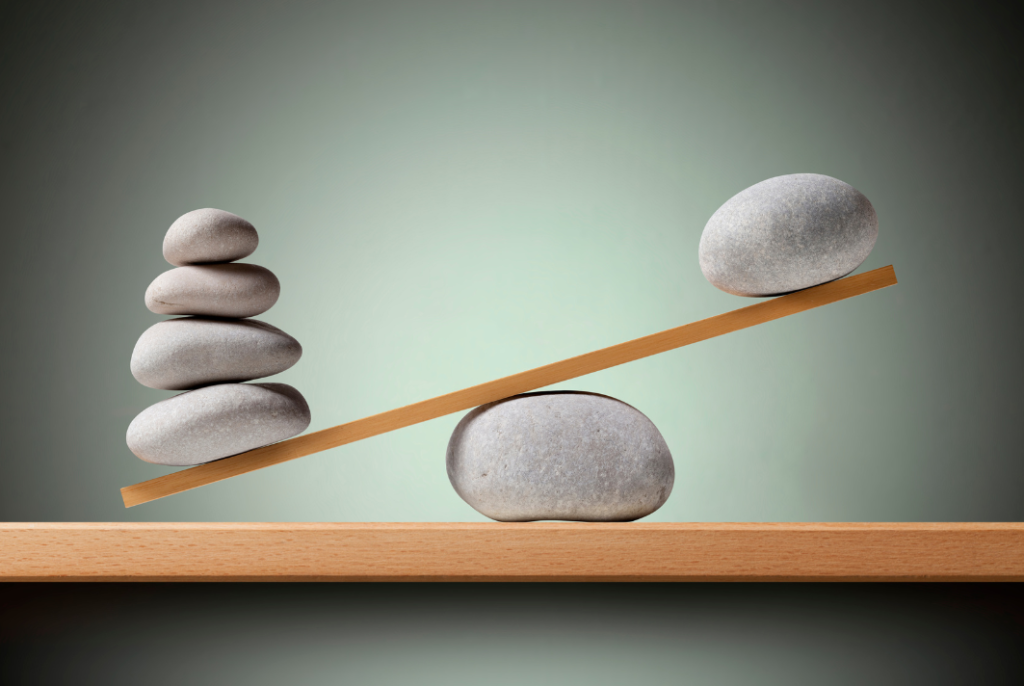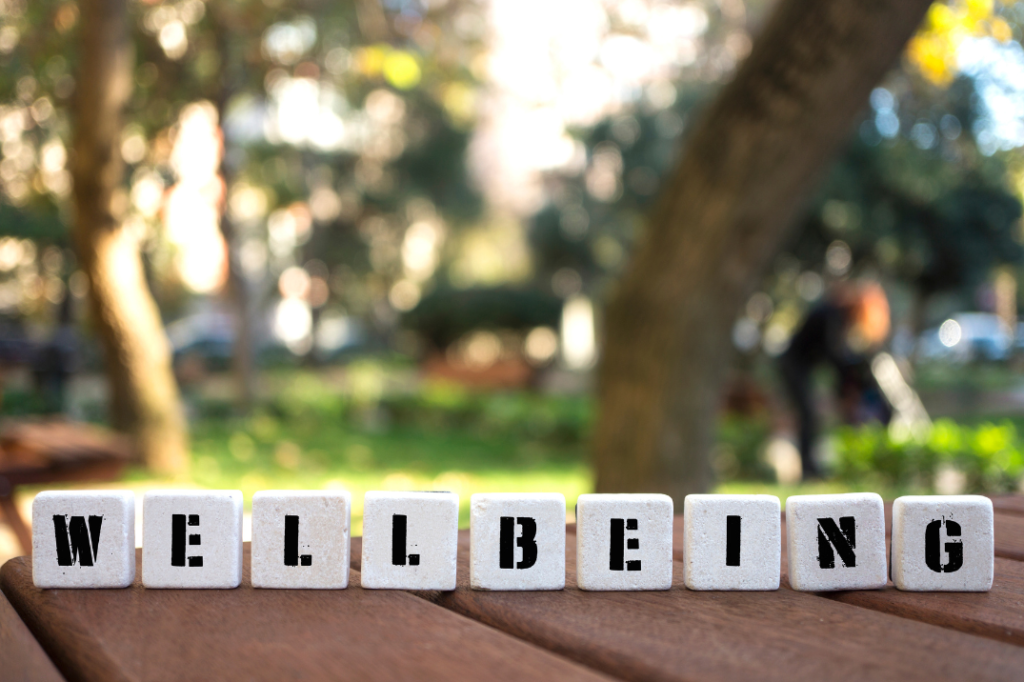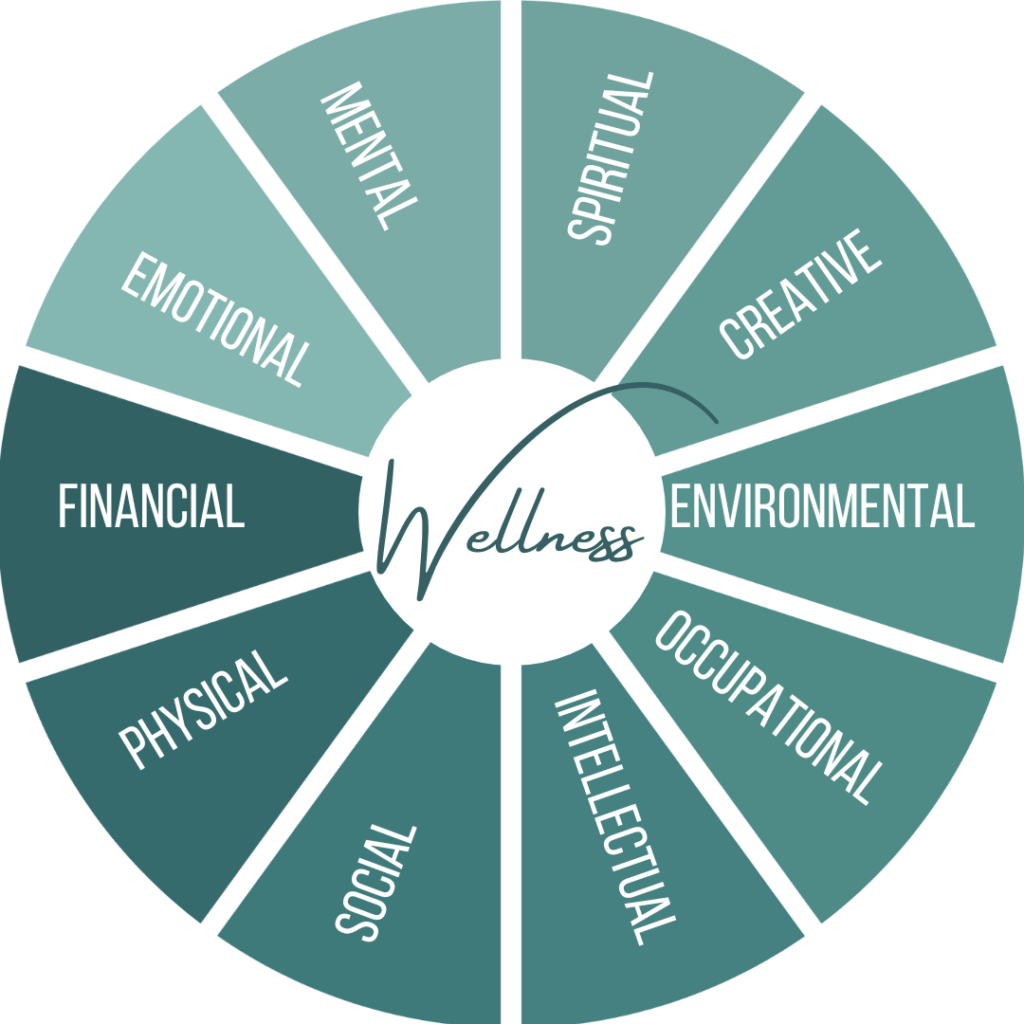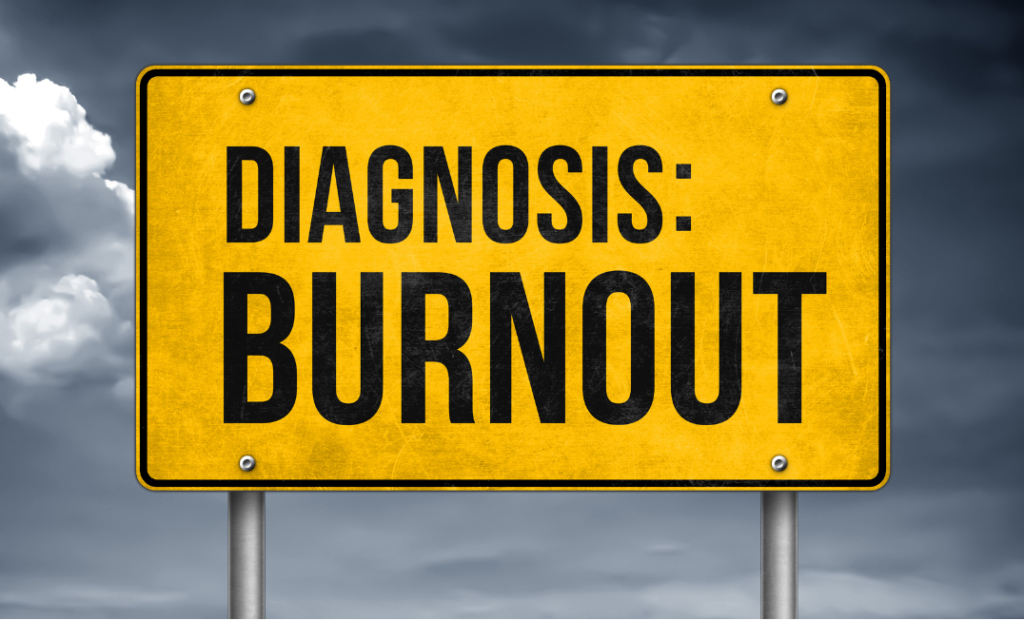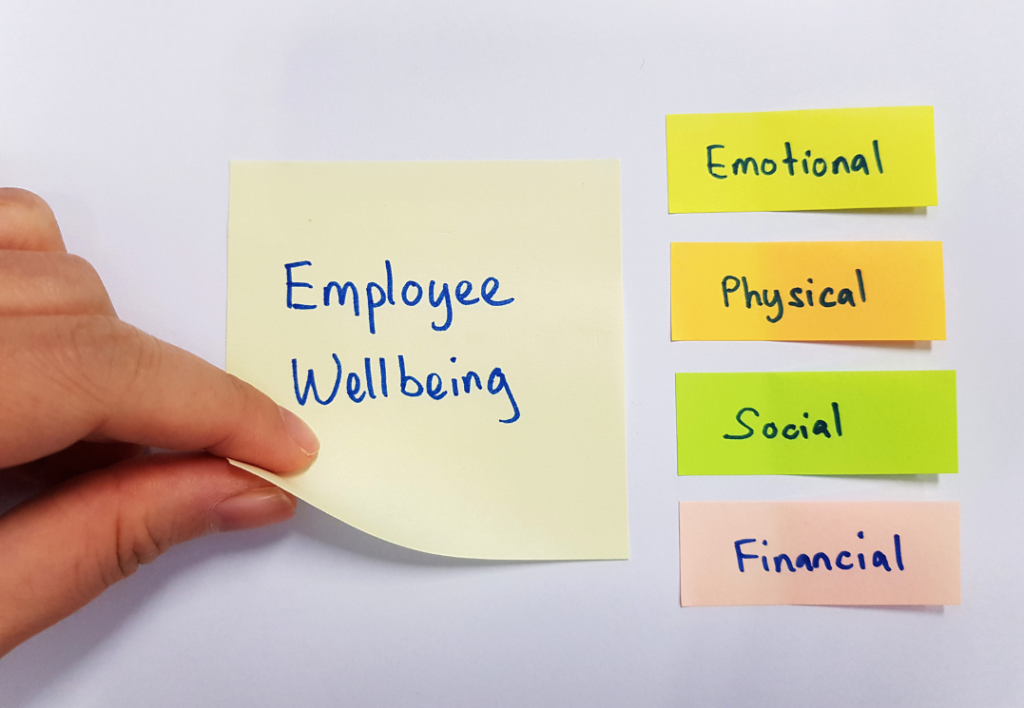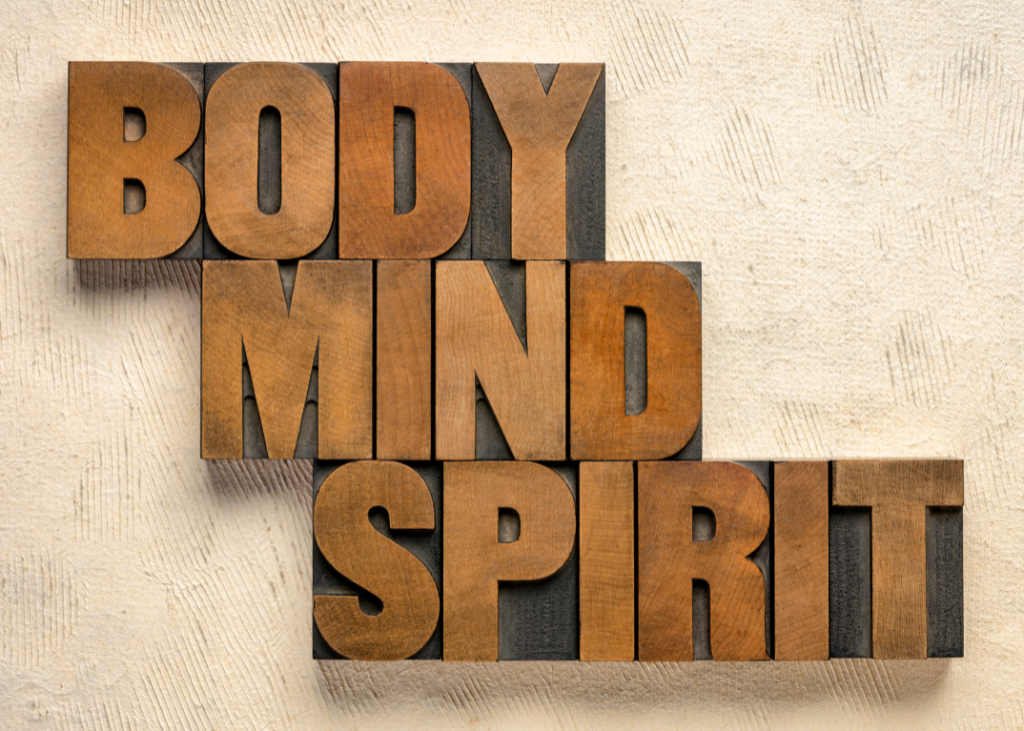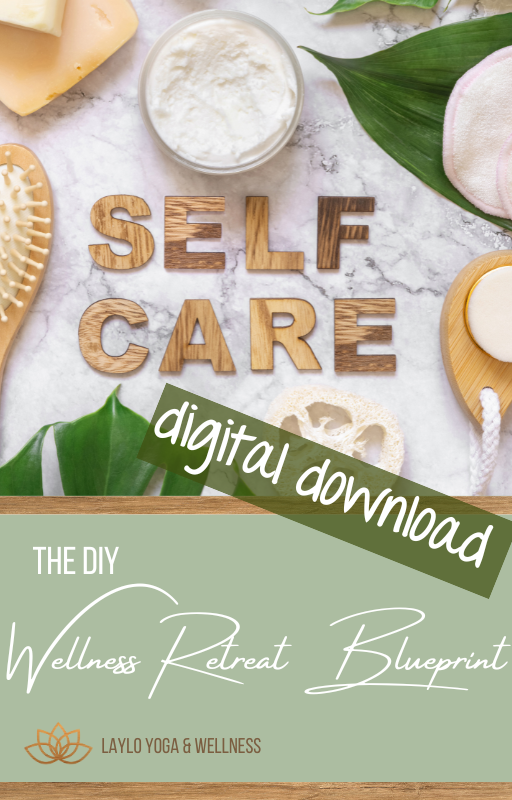
What does it mean to feed your mind? Are we talking about the old adage “seafood is brain food”?
Not exactly. I am talking about a sometimes overlooked but essential aspect of our overall well-being—intellectual wellness.
Just like our physical and emotional health, our minds need to be exercised and nurtured to stay sharp and vibrant, especially as we navigate busy careers, personal lives, and the inevitable changes that come with age.
We are going to break down simple ways to incorporate intellectual wellness into your life, with ideas for daily habits, monthly goals, and even long-term ambitions to keep your mind sharp. Whether you’re new to this concept or simply looking for new ways to challenge yourself, these tips will help you foster a sense of growth and curiosity that transcends your everyday routines.
What Is Intellectual Wellness?
Intellectual wellness is about keeping your brain active, engaged, and continually learning, but it’s not just about work or career development. It’s about curiosity, interest, and the joy of learning for learning’s sake. For many of us, once we’ve completed formal education, we may assume we’ve “finished” learning. However, our brains remain hungry for new ideas and stimulation.
As a wellness enthusiast, I encourage you to keep feeding your mind with topics that interest you, new skills, and creative challenges. This isn’t necessarily about personal development in a career sense—though it can certainly help there too. Instead, it’s about exploring areas of curiosity outside of your day-to-day responsibilities. Intellectual wellness can also be a valuable outlet if you’re feeling mentally fatigued or bored with the monotony of daily life.
For instance, while my career focuses on yoga and wellness, I have a deep love for physics—specifically quantum physics and astrophysics. Now, math isn’t my strong suit, so it’s not something I could ever pursue professionally, but it’s a topic I find fascinating. This intellectual curiosity allows me to engage my brain in a way that is entirely separate from my work, giving me a fresh perspective and new mental challenges.
The Importance of Intellectual Wellness for Gen X
For those of us Gen X women like myself and you, — intellectual wellness plays a significant role in keeping us engaged with the world. Whether you’re juggling professional responsibilities, taking care of aging parents, or navigating menopause, it’s easy to let personal intellectual growth slip down the list of priorities. However, continually learning and challenging yourself can help combat the mental fatigue that often accompanies this season of life.
Staying intellectually sharp isn’t just about expanding your knowledge; it’s about keeping your mind agile as you age. Gen X women in particular often face a combination of professional pressure and personal responsibilities, making it difficult to carve out time for intellectual pursuits. But by incorporating small, manageable habits into your routine, you can foster intellectual growth without adding to your already full plate.
Daily Habits to Boost Your Intellectual Wellness
The first step toward enhancing your intellectual wellness is integrating it into your daily life in small, manageable ways. You don’t need to overhaul your schedule or commit to hours of study each day—start with bite-sized habits.
One of the easiest ways to engage your mind daily is by reading or listening to content on topics that excite you. Whether it’s an article, a book, or a podcast, the goal is to dive into subjects that ignite your curiosity. And remember, this doesn’t have to be work-related or tied to personal development—it’s about exploring areas that simply fascinate you.
Maybe you’re fascinated by the history of Africa. Or perhaps you’re keen to understand the political landscape of the Middle East more deeply. You might be interested in learning a new language, such as Italian, or studying art.
These intellectual pursuits don’t have to align with your career or personal development goals—they’re just for you.

Reading is my go-to daily habit for keeping my brain engaged. Since I’m fascinated by physics, I read articles, books, and even listen to podcasts to deepen my understanding of the subject. Reading different perspectives from experts in the field helps me comprehend complex concepts that may initially seem out of reach. Believe me, if I can navigate the intricacies of quantum physics in my free time, imagine what you could explore in a subject that truly excites you!
Monthly Goals: Take It a Step Further
While daily habits like reading are essential, pushing yourself further with a monthly goal can lead to even deeper intellectual growth. A great way to expand on your daily learning is by enrolling in a class or workshop on the subject that interests you. There are tons of resources available online, from community college courses to platforms like Udemy, where you can find classes on almost anything under the sun.
Consider dedicating time each month to more structured learning. Whether you want to improve your knowledge of world history, learn to code, or master a new language, there are endless opportunities to grow intellectually. Taking a class can help you move beyond the casual pursuit of knowledge and really start to master the subject.
In today’s digital world, you can find high-quality courses on virtually any subject, often without even leaving your home. From prestigious university programs to more relaxed platforms like Skillshare, there’s something for everyone, regardless of time or budget. It’s all about finding what excites you and committing to deepening your understanding.
Be Mindful of Where You Get Your Information
While it’s easier than ever to access information, it’s important to be discerning about where you get that information. Social media can be a great tool for connecting with like-minded individuals or exploring different philosophical perspectives, but it’s not always the most reliable source for hard facts. Be mindful of echo chambers and misinformation, especially when researching complex or controversial topics.
For intellectual wellness, aim to gather your information from credible sources, such as scientific journals, trusted news outlets, or accredited educational platforms. This ensures that the information you’re consuming is accurate and reliable, which is essential when you’re working to form a deeper understanding of a subject.
Yearly Goals: Set Big Ambitions
In addition to daily and monthly goals, setting a yearly intellectual goal can give you something bigger to strive for. This could be a certification or even pursuing a degree in a subject you’re passionate about. While a degree may take multiple years, setting a long-term educational goal helps you stay focused and motivated.
Another great intellectual goal is to understand a topic so well that you can teach it to someone else. They say the best way to master a subject is to explain it to others. You’ll know you’ve grasped the material if you can break down complex ideas and communicate them clearly. It’s a great challenge and keeps you intellectually stimulated.
Intellectual Wellness and Social Growth
One of the hidden benefits of intellectual wellness is its impact on your social life. Staying intellectually engaged can help you connect with people you might not otherwise meet. Whether you’re sharing your love of history with a new friend or discussing the latest scientific discoveries at a dinner party, having interesting topics to discuss opens doors to new social interactions.
In fact, intellectual growth can enhance your emotional health as well. By engaging in meaningful conversations and broadening your perspectives, you may find yourself feeling more connected to others and less isolated in your everyday life. It’s a win-win for both your intellectual and emotional wellness.
What Will You Explore Next?
I’d love to hear what topics or areas of curiosity you’re passionate about. What subjects are you planning to explore in the next few days, months, or even years? Share your intellectual goals in the comments below—whether it’s taking a course, reading a new book, or simply diving deeper into a subject that’s piqued your interest.
Remember, nurturing your mind is a lifelong journey. Keep your intellectual spark alive, and always be open to learning something new. It’s never too late to start!

Isn’t it time to leave burnout behind and lead a life that makes YOU a priority? Consider rebooting your mind and body with one of our wellness retreats! Designed specifically to immerse you in an environment that takes you out of your daily grind, you will be able to focus on crafting your life in a way that honors your family and career while carving out time to pursue interests that excite you so you can feel balanced, fulfilled, and calm. Get on the info list so you know what is happening, when, and where!
P.S. Let’s get to know each other better!! Follow us on Instagram, Facebook, YouTube, LinkedIn, and Pinterest, and join the LAYLO Shala to get the latest news and insider goodies 😍








